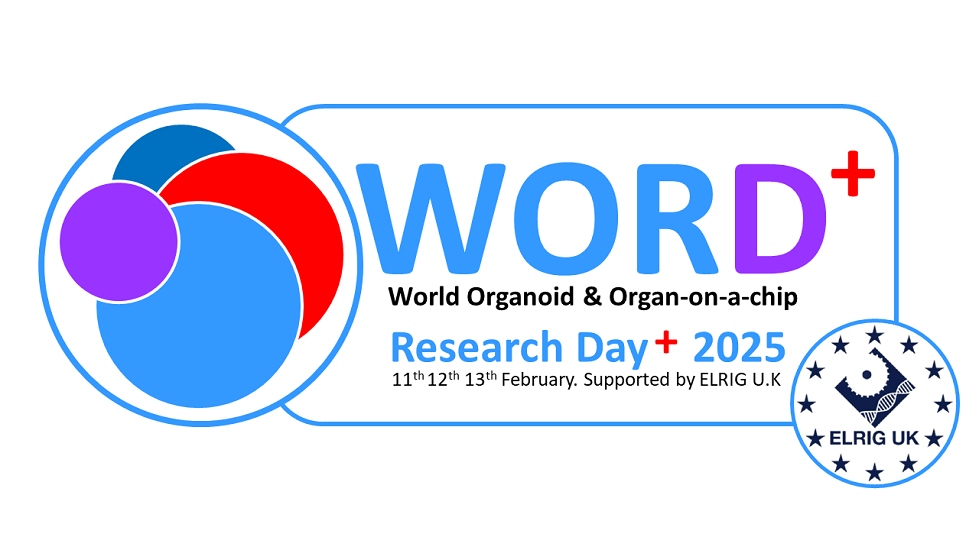Authors
H Castiglione1; J Rontard2; L Madrange3; T Lemonnier3; C Baquerre2; B Maisonneuve2; T Honegger2; F Yates3; PA Vigneron3;
1 NETRI / SupBiotech-CEA, France; 2 NETRI, France; 3 SupBiotech-CEA, France
Overview
• Our proposed Brain Organoid-on-Chip: combination of cortical organoids with a NETRI microfluidic device, improving organoid reproducibility
• Establishment of scoring methods for quality control and toxicological evaluation of cortical organoids
• Development of a Prediction Algorithm for compound neurotoxicity assessment
• Neurotoxicological studies of biphenyl-2-ylamine and vanillin, and classification into high and low toxicity categories respectively, according to our Prediction Algorithm
Introduction
Cerebral organoids have recently emerged as valuable in vitro models of human neurodevelopment. However, their adoption by industry for neurotoxicity evaluations is currently hampered by their high heterogeneity (Castiglione et al., 2022). The combination of cerebral organoids with a NETRI microfluidic device, termed Brain Organoid-on-Chip, enables us to improve organoid reproducibility, therefore paving the way for high-throughput drug screening and neurotoxicity assessments.
Methods
Our Brain Organoid-on-Chip combines cortical organoid culture (adapted from Xiang et al., 2019) in NETRI’s Duplex Well microfluidic device. We established scoring methods for cortical organoid characterization, adapted for quality control and compound-exposed organoids, along with a Prediction Algorithm for compound neurotoxicity assessments. Using this platform, we evaluated neurotoxicity of biphenyl-2-ylamine (20-2000 µM) and vanillin (100-10000 nM) in acute/chronic exposures.
Results
Biphenyl-2-ylamine-treated conditions displayed altered morphology and disorganized cytoarchitectures in a dose-response manner, underscoring neurotoxicological effects, and consistent with previous in vitro studies (Do and Lee, 2012). In contrast, vanillin exposures had no discernible impact on organoid morphology and cytoarchitectural organization, suggesting an absence of neurotoxicity, as previously observed in vitro (Dhanalakshmi et al., 2015).
Conclusion
Altogether, our proposed Brain Organoid-on-Chip platform, Scorings and Prediction Algorithm are adapted to neurotoxicological evaluations, providing a compound classification method into low, potential, and high concern. Potential concern outcome refers to an uncertain conclusion, requiring additional studies and/or evidence to conclude about the toxicity (e. g. using a Weight of Evidence approach). This platform therefore opens new avenues for neurotoxicological studies and drug screening.

